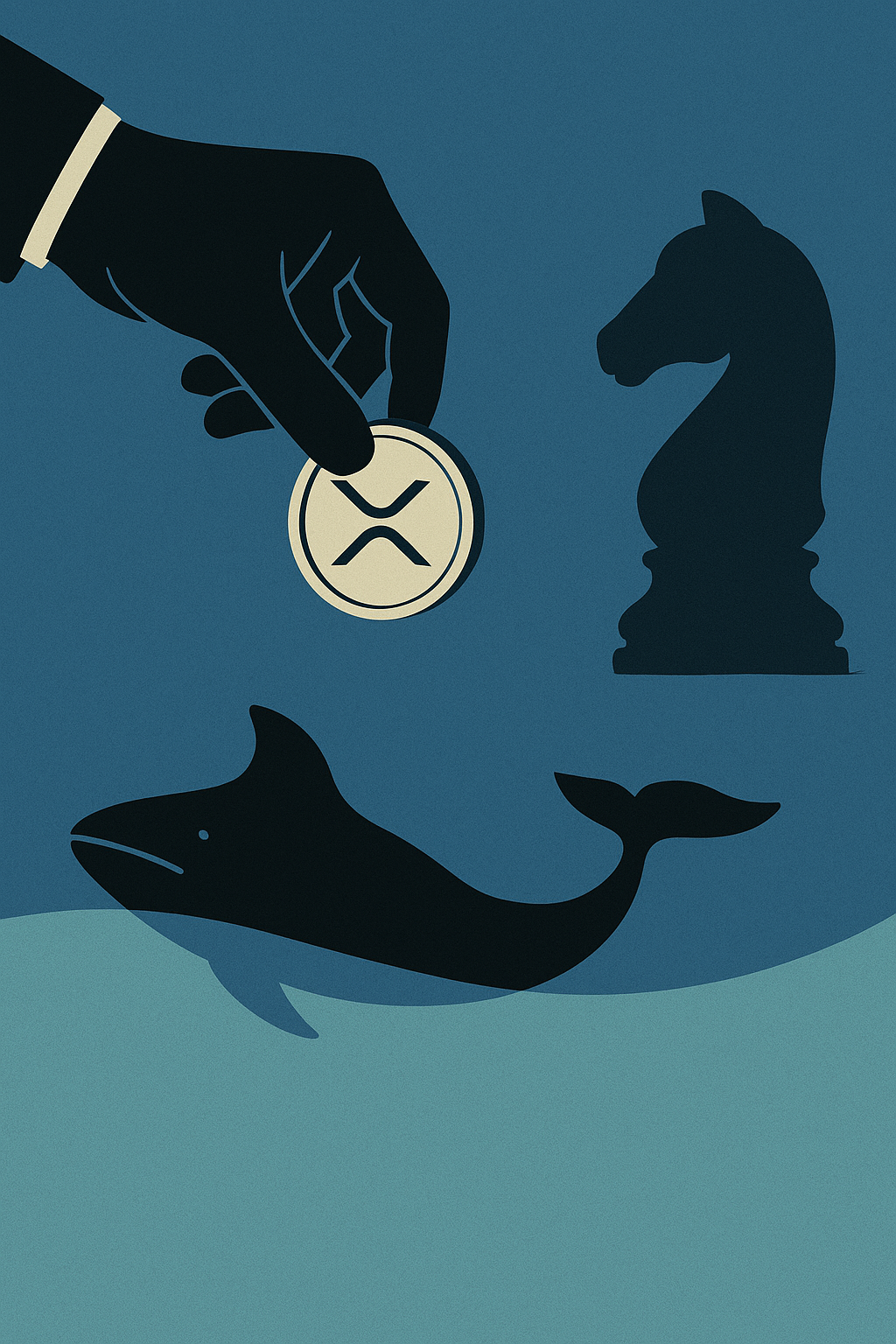11,424 wallets holding 10 million XRP or more—that’s the number that made me spit out my coffee this morning. It’s the highest since Ripple’s Genesis block back in 2012, and Crypto-Twitter is acting like we’ve already teleported to the promised land of $10 XRP. Everyone’s screaming “institutional demand!” and “ETF season, baby!” but, honestly, I’m scratching my head.
Here’s What Actually Happened
Glassnode’s latest report shows those 11,424 ‘whale’ wallets now control roughly 41.2 billion XRP—over 70 % of the circulating supply. Daily on-chain volume spiked to $3.1 billion on June 11, double May’s average. Even CoinGecko traffic tells the tale: page views for XRP climbed 38 % week-over-week. In theory, that’s bullish. More eyes, more money, yadda yadda.
And yes, BlackRock’s XRP ETN on Germany’s Deutsche Börse—tiny compared to the U.S. Bitcoin ETFs but flashy enough—did launch three weeks ago. Add Grayscale’s quiet Form F-1 update (they slipped XRP exposure into their “Diversified Large Cap Fund” footnotes) and you get the narrative: Big Money Wants Ripple.
Why I’m Not High-Fiving Yet
I’ve noticed a pattern: every time a token celebrates a “whale accumulation milestone,” retail thinks that’s their cue to front-run institutions. Remember late-2021 DOT? Or the ADA “smart contract summer” disaster? The whales loaded up, price pumped 40 percent, then they off-loaded into liquidity that retail kindly provided. Déjà vu.
The XRP narrative leans on two fragile pillars:
- The SEC lawsuit ends soon. We’ve been hearing “settlement any day now” since before Clubhouse was a thing.
- ETF fever will trickle down. But ask yourself—have Bitcoin spot ETFs translated to seismic price growth after the initial pop? BTC is still chopping between $60k and $70k.
So, yeah, whales are stacking. They did the same right before Terra blew up, by the way. Big pockets don’t guarantee smart money; sometimes they’re just better gamblers.
A Tangent About Timing and Narrative
In my experience, crypto stories love to align with broader cultural moments. June means NBA finals and, more importantly for traders, the summer liquidity drought. Volumes dip, volatility spikes because there’s less depth, and a few large orders can swing sentiment. That’s precisely when an ETF headline feels disproportionately influential. It’s not that demand magically appears; it’s that the market’s a kiddie pool and even a toddler can cannonball the price.
Let’s Talk Numbers, Not Confetti
“Activity is up 78 % month-over-month,” beams the BeInCrypto piece. Sounds huge—until you remember XRP’s base was abysmally low after last year’s doldrums.
Daily active addresses went from 28,000 in May to around 50,000 in June. For context, Solana averages 600,000 and even Dogecoin does 80,000 on a boring Tuesday. So XRP’s ‘surge’ feels more like a gasp than a roar.
Meanwhile, Bitstamp—Ripple’s long-time partner—reported US clients still represent only 7 % of their XRP volume thanks to the ongoing lawsuit. If American whales can’t play freely, how sustainable is this new record?
But Wait, What About That ETF?
Let’s get real: BlackRock’s German ETN holds just €56 million in AUM. Compare that to $19 billion sitting in the iShares Bitcoin Trust. The XRP product is basically a rounding error. Yes, it could grow, but it could equally vanish in a puff of apathy if the SEC case drags on.
Speaking of regulation, Gary Gensler’s latest Senate hearing reminded everyone that “everything except BTC is fair game.” If XRP becomes the test-case security, expect U.S. brokers to think twice before touching an XRP ETF—even if BlackRock is willing.
The Hidden Liquidity Trap
I jumped into Kaiko’s order-book heatmap this morning. Binance, OKX, and Upbit show an unusually thin wall between $0.53 and $0.57. Whales know this. They can crank price up 10 % with a single $20 million buy, tweet about “record wallets,” let the frenzy brew, then exit quietly. It’s GameStop 2021 in slow motion, minus the heartfelt Reddit memes.
Cool Story, But Should I Buy?
I’m not here to tell you what to do. Personally, I can’t shake the gut feeling that XRP is in a narrative bubble right now. The fundamentals haven’t changed: questionable token economics (Ripple still owns 40-plus percent locked in escrow), regulatory overhang, and a payment use-case that most banks now replicate with private blockchains anyway. Even JPMorgan’s Onyx network processes $1 billion daily—without a token.
If you’re itching to ride momentum, at least set tight stop-losses. I’m talking 2-3 percent tops. Remember, whales front-run news; retail reacts to it.
Where This Could All Go
Could XRP hit $1.20 if the SEC folds tomorrow? Sure. I’ve seen stranger things—like PEPE flipping the market cap of 19th-century industrial giants. But what if the lawsuit drags into 2025? Those 11 k whale wallets could slowly leak supply, and we’d never notice until it’s too late because the escrow schedule keeps masking net outflows.
I keep a tiny XRP bag—call it my “regulatory lottery ticket.” But the bulk of my capital sits in protocols with real cash flow: Lido’s ETH staking, GMX’s fee splits, Helium’s mobile sub-DAO revenue. Even Bitcoin ordinals, silly as they felt at first, at least generated miners over $200 million in fees so far. That’s hard data, not hopium.
The Bottom Line I Can’t Ignore
XRP’s whale wallet spike is interesting, not conclusive. It tells me big players see a short- to medium-term catalyst. It doesn’t confirm long-term value. Until on-chain activity rivals peers and the SEC quits playing Whac-A-Mole, I’ll stay cautiously on the sidelines—champagne cork firmly in place.
In six months, I might look back at this article and laugh at my own skepticism. But I’d rather be the guy who admits uncertainty than the one screaming “to the moon” while ignoring gravity.



